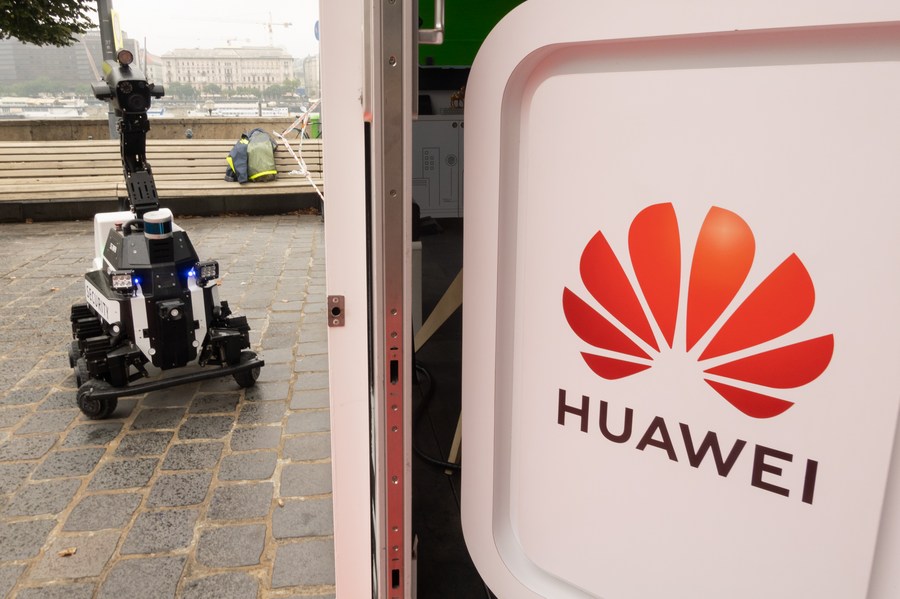China Shatters ‘Peak’ Predictions, and Scales New Heights in Technology

China’s story, featured by technological innovation, strategic governance, and ambitious coordination, underscores a nation not at its peak but at the dawn of further and high-quality development.
Despite heated debates and some saying China has reached its peak on the global stage, a different narrative is quietly emerging. Contrary to the chorus of doubters, this isn’t the beginning of the end for China; rather, it’s just the end of the beginning.
This statement points to a compelling counter-narrative, one that sees China’s political system not as an outdated relic, but as the very engine driving the country toward greater technological excellence. China’s political stability and governance model are not merely supportive; they are actively pushing the nation’s swift advancements in technology. Far from reaching its crescendo, China is set to enter a new era of even more impressive growth.
In today’s world, where geopolitical tensions often translate into economic skirmishes, Huawei stands as a symbol of resilience, thriving amidst a vortex of challenges hurled its way by the world’s most powerful nation. Since its addition to the U.S. Commerce Department’s Entity List in 2019, a move that sought to stifle its normal trading operations with American companies, the Chinese telecom giant has been nothing short of inspirational. Even amid continuous pressure, Huawei has managed to persevere and flourish, underscoring a narrative of endurance and strategic foresight that showcases the broader trajectory of China itself.
Far from being an isolated saga of corporate survival, Huawei’s responses to American sanctions reveal the depth of strategic planning that characterizes China’s approach to technological and geopolitical challenges. By diversifying its markets, expanding into sectors like autonomous vehicles and cloud computing, and redesigning its products to mitigate the risk of dependency on American components, Huawei has done more than navigating the storm – it has emerged stronger, charting new paths of growth. This ability to adapt and keep innovating, even with outside challenges, points to something bigger: it’s a sign that China will continue to rise globally.
The company’s strategic pivot and resilience highlight the effectiveness of China’s political stability and governance model in promoting technological advancement and economic sovereignty. Huawei shows that despite Western constraints, China’s technological ambitions remain unshaken, supported by a governance system that enables rapid, coordinated responses to global challenges. This resilience and strategic adaptation not only cements Huawei’s role in the digital future but also demonstrates China’s steady advance toward greater technological excellence regardless of external pressures.

Mirroring Huawei’s resilience in telecommunications, China’s electric vehicle (EV) sector showcases the nation’s drive to lead the global green energy transition. Government guidance has fueled this ambition, embodying China’s broader vision for environmental stewardship and technological innovation. Through a combination of incentives for manufacturers, and beneficial policies for consumers, China has energized its domestic EV market and set the stage for its companies to compete in the global market.
The government’s clear vision for EVs as the future of transport has led to robust growth of the sector, with fast consumer adoption and enhanced manufacturing capabilities. Additionally, the deployment of a vast network of charging stations across the country has further alleviated range anxiety, easing the public’s switch to EVs.
Internationally, Chinese companies like BYD and NIO are expanding, challenging established automotive giants with a blend of cutting-edge technology and bold market strategies. Leveraging both domestic and external resources, these companies have managed to survive and thrive in the global EV revolution. Their efforts are not just transforming China’s own automotive sector but are also driving the global shift toward sustainable transportation.
China’s space exploration also reflects the resilience and strength of the governance model in the country. A central principle of China’s political system — its ability for cohesive planning and implementation— has been a linchpin in the country’s rise as a spacefaring nation. This centralized approach enables quick resource allocation and steady dedication to long-term space projects.
Recent milestones, such as the successful landing of the Tianwen-1 probe on Mars and the rapid development of the Tiangong space station, are not merely feats of scientific progress. They result from a governance system that prioritizes important objectives and marshals resources to achieve them.
China’s story, featured by technological innovation, strategic governance, and ambitious coordination, underscores a nation not at its peak but at the dawn of further and high-quality development. Through combined advances in 5G, EVs, space exploration and more, China showcases a relentless pursuit of progress. Its trajectory highlights a forward-looking vision, propelling the nation beyond conventional limits toward a future where its global influence and technological prowess will continue to grow.
 Facebook
Facebook
 Twitter
Twitter
 Linkedin
Linkedin
 Google +
Google +





